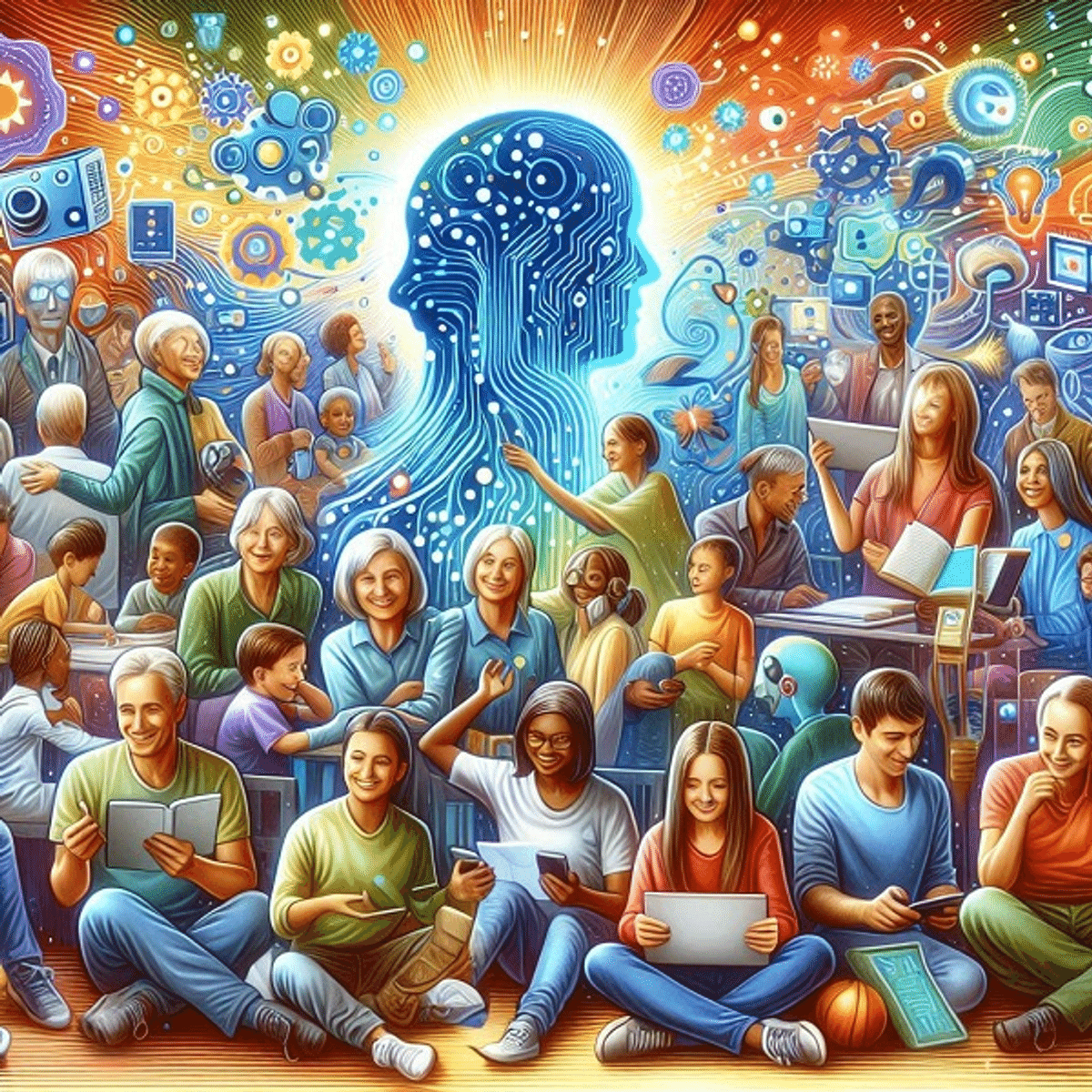Deep learning is a key technology driving change in our time. From voice assistants frequently used on smartphones to self-driving cars and medical diagnosis, deep learning is having a significant impact in various fields. However, deep learning is not simply a complex technical term; it is the core of the technology we use and the driving force behind opening up the future. In this article, we will explore how far deep learning has come, how this technology works, and its future potential.
1. The Current State of Deep Learning: How Far Has It Come?
Deep learning is already permeating our lives and creating change.
- Medical Field: Medical image analysis using deep learning plays a crucial role in early detection of diseases such as cancer and heart disease. In particular, some algorithms show an accuracy ofover 95%, surpassing even human experts.
- Self-Driving Technology: Self-driving cars use deep learning to analyze pedestrians, vehicles, traffic lights, etc., on the road in real time, enabling safe driving.
- Language Processing and Translation: Thanks to deep learning, real-time translation applications and natural voice recognition technology have been realized.
- Creative Fields: Deep learning is also actively used in the arts. New creative methods such as painting pictures and composing music using deep learning are taking root.

Deep learning and its impact on society
2. The Working Principles and Technological Evolution of Deep Learning
To understand deep learning, it is important to briefly look at its principles and structure.
- Working Principle of Neural Networks: Deep learning learns data through artificial neural networks (ANNs) that mimic the human brain.
- Main Neural Network Structures:
- CNN (Convolutional Neural Network): A structure with strengths in image processing, used in medical image analysis, camera recognition in self-driving cars, etc.
- RNN (Recurrent Neural Network): Suitable for continuous data tasks such as voice recognition and text generation.
- Transformer: The structure underlying advanced language models like ChatGPT, which learns from massive language data.
- Technical Support: One of the key elements that enabled the advancement of deep learning is **GPU (Graphics Processing Unit)** and **TPU (Tensor Processing Unit)**. This is hardware technology optimized for processing large amounts of data.
3. Societal Changes Brought About by Deep Learning
Deep learning is having a societal impact beyond technology.
- Job Changes: Automation and artificial intelligence technologies are replacing existing jobs while simultaneously creating new ones. However, this process can lead to social problems such asthe digital divide.
- Democratization of Information: Deep learning has helped more people access information, but it has also caused side effects such as information distortion and fake news.
- Ethical Issues: The potential forprivacy violationsin the data used by deep learning models and issues ofalgorithmic biasremain important challenges to address.
4. Global Applications of Deep Learning
Globally, deep learning is driving innovation.
- Agricultural Innovation: Deep learning is being used in agriculture to predict pest infestations or recommend optimal planting times.
- Disaster Response: Deep learning is used to predict natural disasters and quickly provide information needed for disaster recovery.
- Real-time Translation Technology: Deep learning-based translation services are breaking down language barriers and revolutionizing global communication.
5. Future Potential of Deep Learning
The future that deep learning will open up is even more boundless.
- Personalized Education: Deep learning can analyze individual student learning patterns to provide personalized educational content.
- Solving Environmental Problems: Analyzing climate data to propose solutions to environmental problems and contribute to sustainable development.
- Collaboration Between Humans and AI: AI will collaborate with humans to create new creative outputs. Deep learning is likely to become a partner that complements and strengthens human ideas.
Conclusion
Deep learning is making what we once only imagined a reality. Our lives have already undergone many changes due to deep learning technology, and even more possibilities will open up in the future. However, it is also important to address the challenges such as data ethics and social impact along with technological advancements. Consider what opportunities deep learning could offer in your life or field.

Comments0